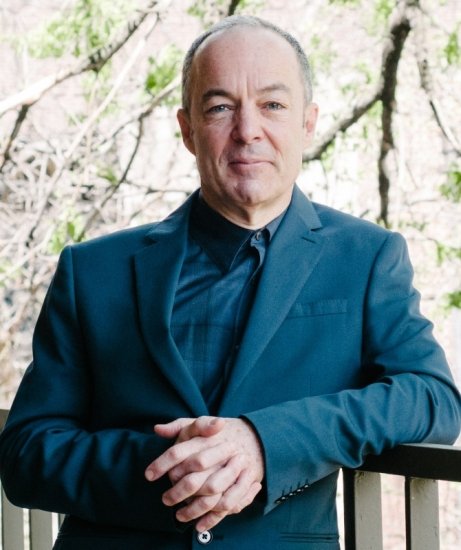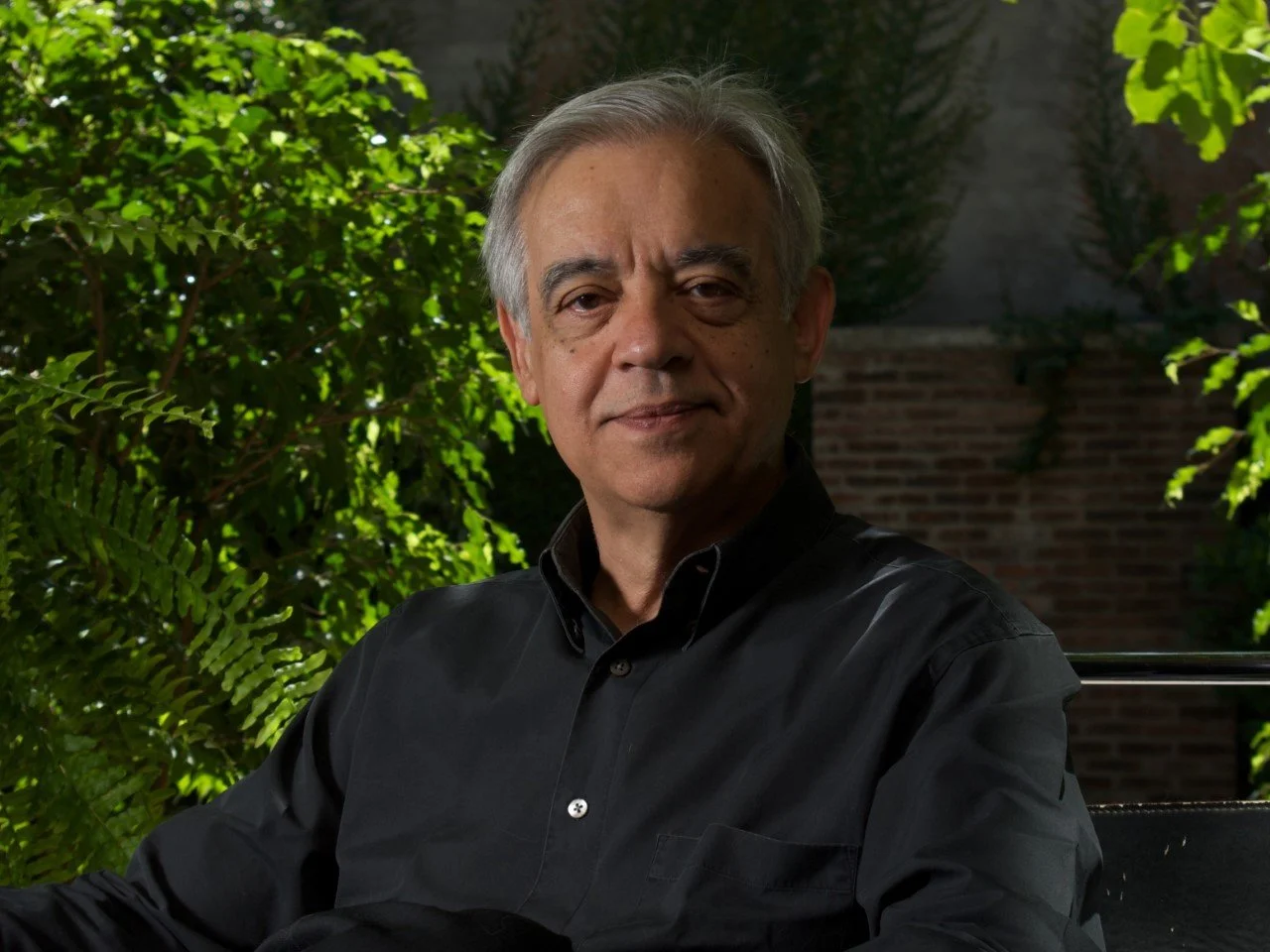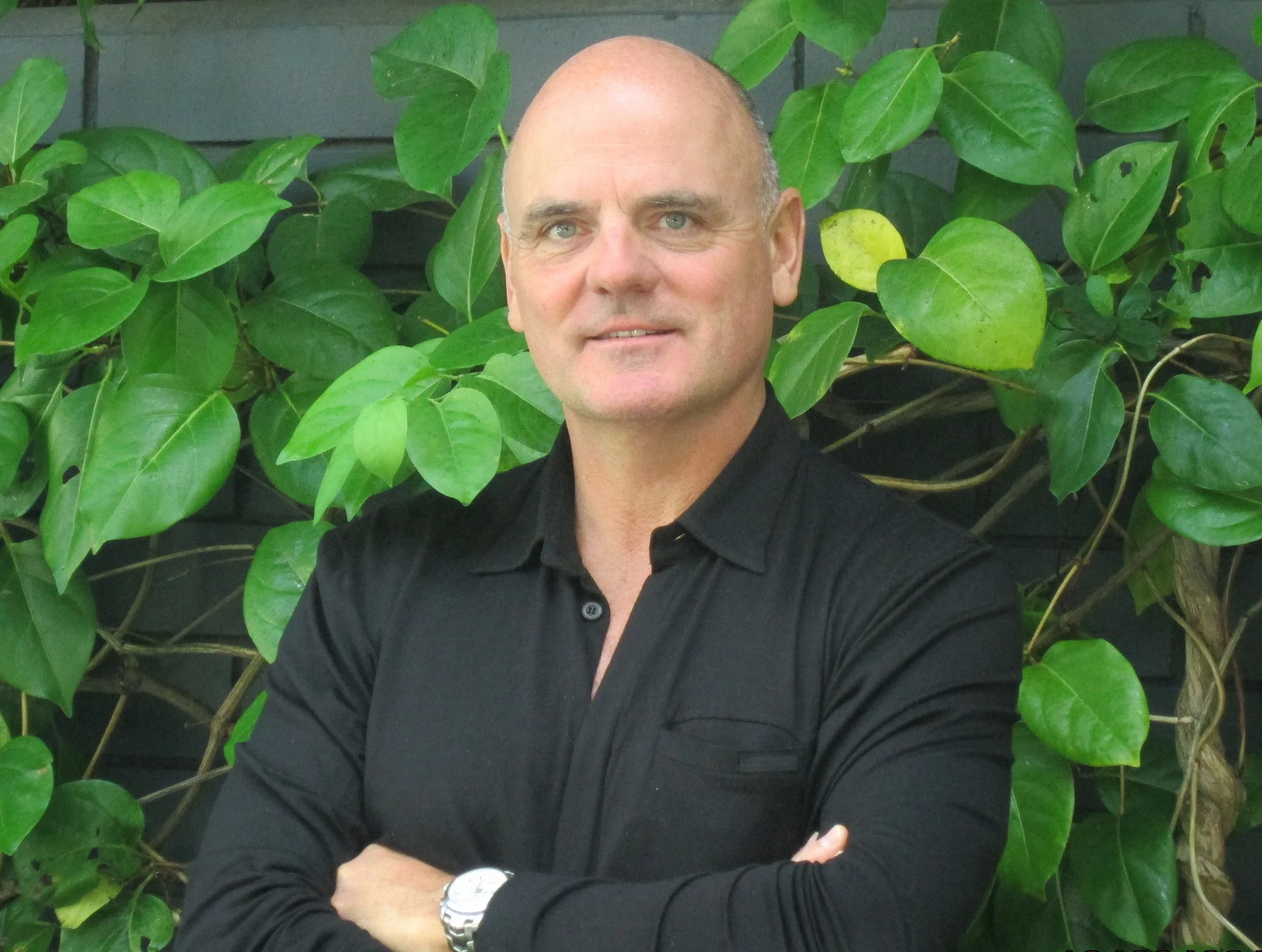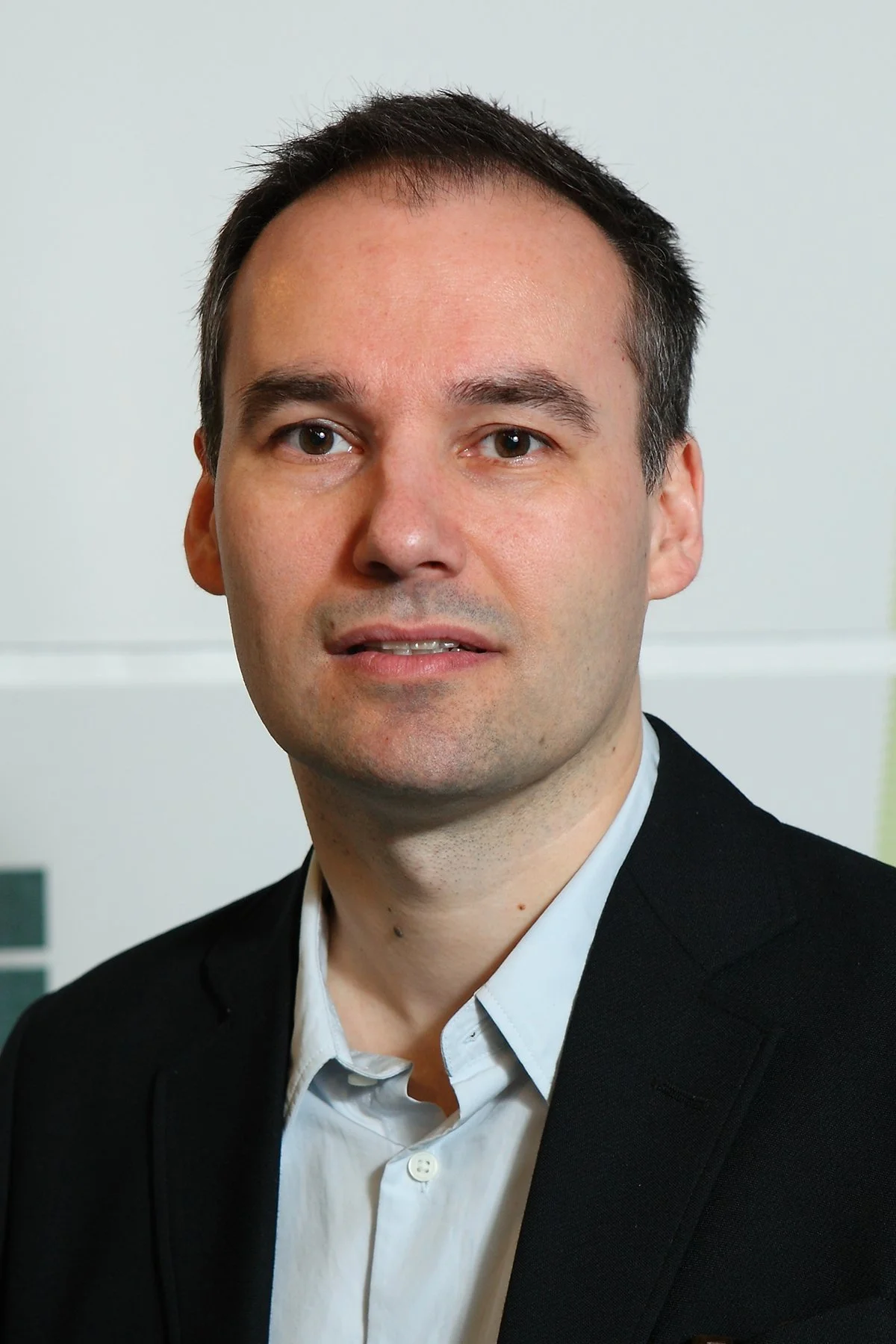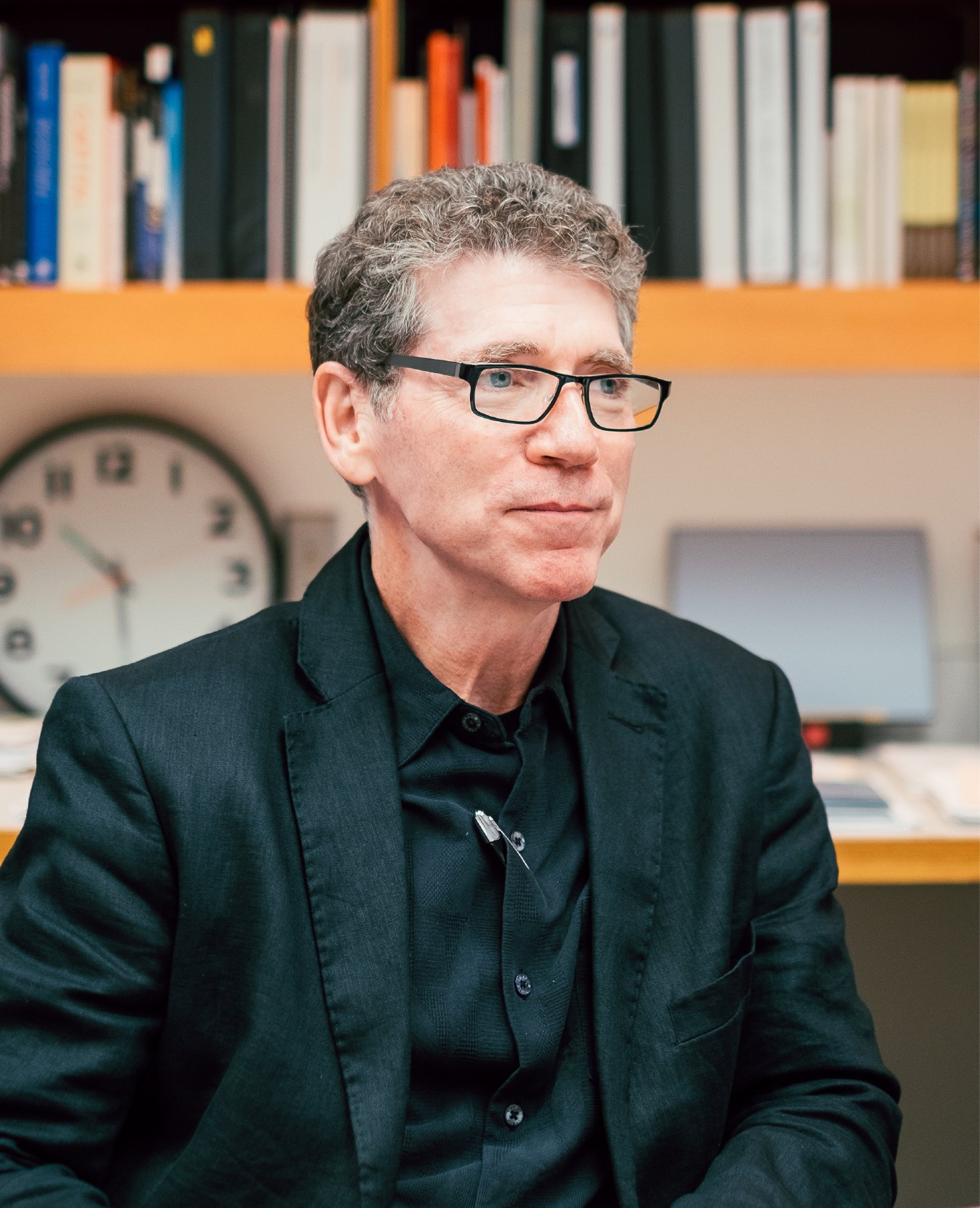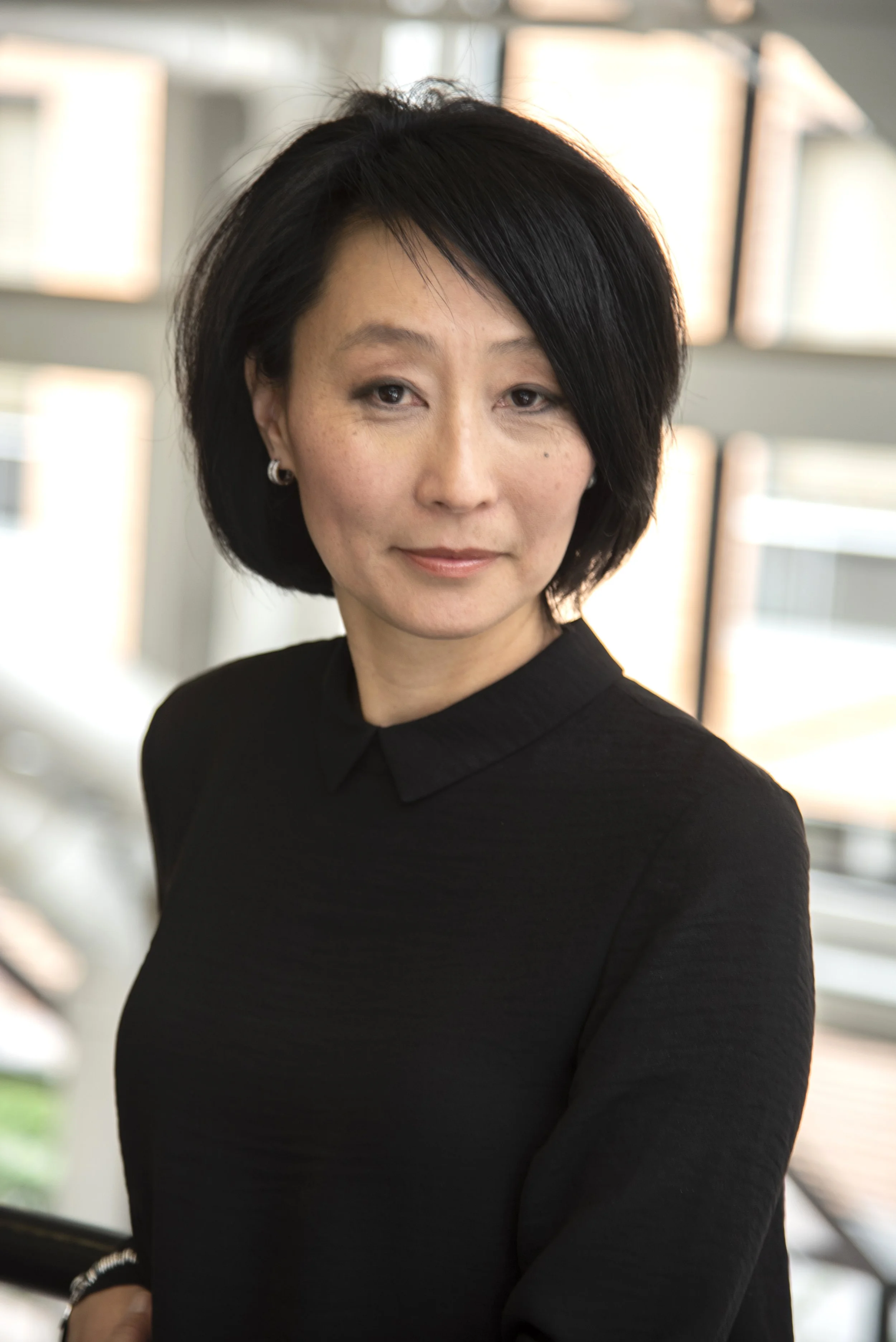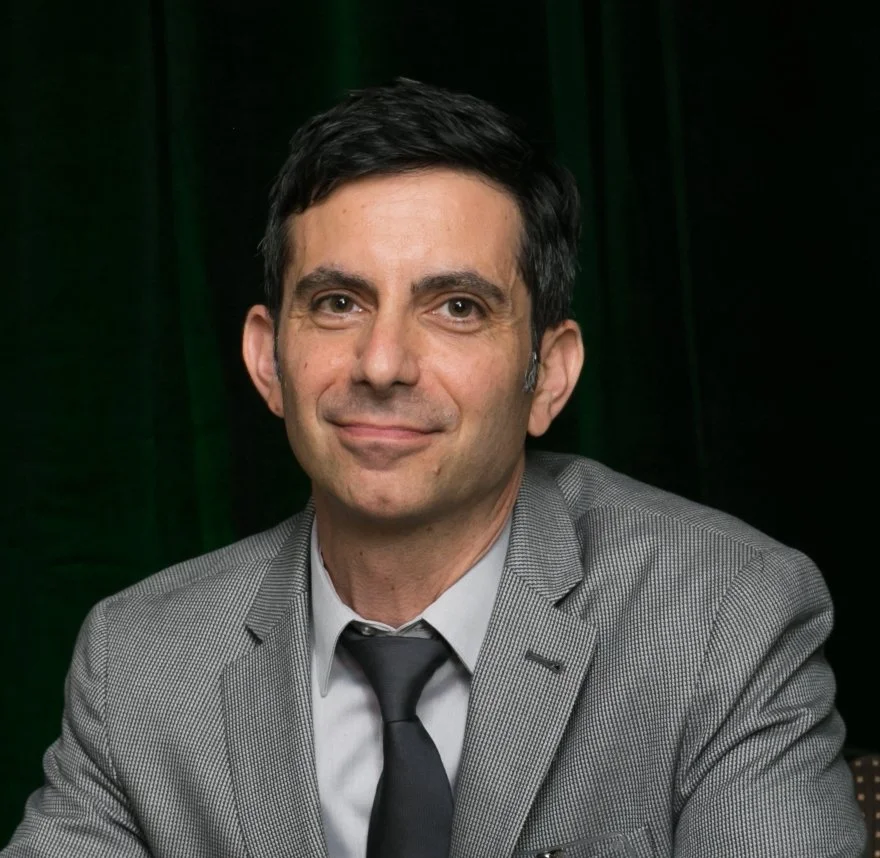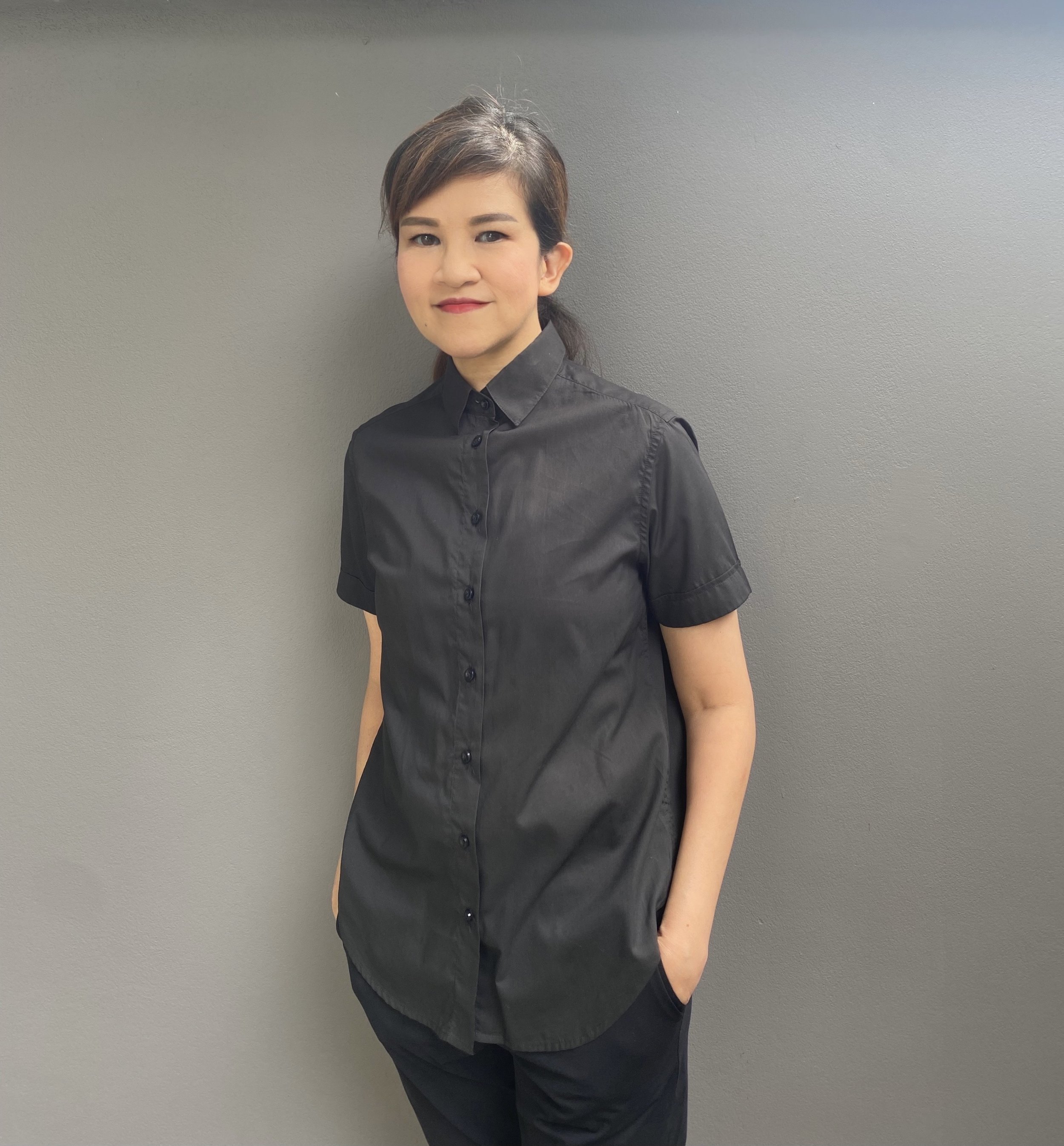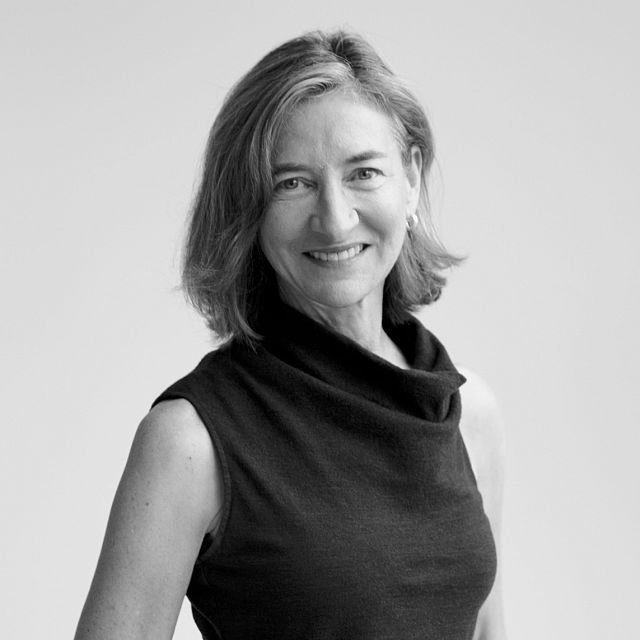Speakers
Jin Baek
Seoul National University
Jin Baek is a professor at the Department of Architecture and Architectural Engineering, Seoul National University. He acquired Bachelor of Science and Master of Science from Seoul National University, Master of Architecture from Yale University, and completed his Ph.D. in the history and theory of architecture at the University of Pennsylvania. His research focuses on phenomenology, phenomenology-based design theory, environmental ethics, cultural significance of urban regeneration, and cross-cultural issues between modern East Asian architecture and Western architecture. He is the author of Nothingness: Tadao Ando’s Christian Sacred Space (Routledge, 2009), Architecture as the Ethics of Climate (Routledge, 2016) and Punggyeongryuheang (Drifting through Landscapes) (Hyohyung, 2013). His articles have been published in various architectural and philosophical journals such as the Architectural Research Quarterly, Journal of Architectural Education, Architectural Theory Review, Center, Philosophy East and West, Buildings, JAABE and so forth.
Anne Beim
Royal Danish Academy
Anne Beim is Professor in Architecture at the Royal Danish Academy School of Architecture. She holds a M.Arch. and a Ph.D. in architecture from the Royal Danish Academy School of Architecture. As a visiting research fellow 1995-96, she has studied under late Professor Marco Frascari and Professor David Leatherbarrow at PennDesign University of Pennsylvania. Since 2004 she has held the Chair of CINARK - Center for Industrialized Architecture that bridges the gap between architectural education, the construction industry, and the architectural profession. Since 2014, she has (co)chaired the graduate program; SET - Settlement, Ecology and Tectonics. Research topics: Ecology in architecture, tectonics, material studies, building culture (craft/hand & industry/machine). Selected books ((co)authored): Circular Construction: Materials, Architecture & Tectonics (2019), Sustainability in Scandinavia: Architectural Design and Planning (2018), Towards an Ecology of Tectonics - The Need for Rethinking Construction in Architecture (2015), Tectonic Visions in Architecture (2004)
Catherine Bonier
Carleton University
Catherine Bonier completed her Ph.D. in 2015 under the supervision of David Leatherbarrow. She is a faculty member of the Azrieli School of Architecture and Urbanism at Carleton University in Ottawa, Ontario, teaching courses in architectural and urban design, research, history, and theory. Professor Bonier’s research spans from historical analysis to future visions, and centers on the shaping of the built environment around water, technology, infrastructural systems, and competing ideas of health and balance. Her prior positions in construction management, mental health counseling, and video game design contribute to her focus on evolving technologies, shifting environments, social equity, and urban health. She is co-director and co-founder of the Carleton Urban Research Lab (c-url) with Professor Ozayr Saloojee.
William Braham
University of Pennsylvania
William W. Braham, PhD, FAIA is a Professor of Architecture at the University of Pennsylvania, where he previously served as Chair, and is currently Director of the MSD Environmental Building Design and of the Center for Environmental Building + Design. He has worked on energy and architecture for over 30 years as a designer, consultant, researcher, and author of numerous articles and books. He recently published Architecture and Systems Ecology: Thermodynamic Principles for Environmental Building Design, in three parts (2015). He also co-edited Energy Accounts: Architectural Representations of Energy, Climate, and the Future (2016), Architecture and Energy: Performance and Style (2013), and Rethinking Technology: A Reader in Architectural Theory (2007).
Peter Carl
London, England
After receiving his MArch at Princeton, PC spent two years at the American Academy in Rome and then another two years at the University of Kentucky, Lexington, where he met David Leatherbarrow. He taught with Dalibor Vesely for thirty years at the University of Cambridge, and the first few years with Mohsen Mostafavi and David. He then set up the PhD Programme in Architecture at London Metropolitan University for six years, followed by two years as visiting professor at the GSD and retirement. He is writing a book on architecture and practical wisdom.
Carlos Eduardo Comas
Universidade Federal do Rio Grande do Sul
Carlos Eduardo Comas studied architecture in Porto Alegre (Universidade Federal do Rio Grande do Sul), Philadelphia (University of Pennsylvania), and Paris (Université de Paris- Saint Denis) and has written and lectured extensively on Modern Architecture and Urbanism, with particular attention to Brazilian and Latin American works. He is Professor Emeritus at Universidade Federal do Rio Grande do Sul, and a permanent professor of its Graduate Program in Architecture (PROPAR-UFRGS). A former president of DOCOMOMO Brasil and ANPARQ (Brazil's National Association of Graduate Architecture Prograns), he is currently a member of the Advisory Board of IPHAN, Brazil's National Heritage) and a Senior Researcher in CNPq (Brazil's National Research Council). Distinctions include the 2017 Philip Johnson Award from SAH (Society of Architectural Historians) for Latin America in Construction. Architecture 1955-1980, the catalog he co-edited and co-authored of an exhibition he co-curated, and the 2018 Premio FAD de Pensamiento y Crítica from the Iberian Asociation Fomento de las Artes y Diseño for Le Corbusier: the recherche patiente, fifty years later, to which he contributed a major essay.
James Corner
Field Operations and University of Pennsylvania
James Corner is Founder and CEO of James Corner Field Operations, an international public realm, landscape architecture and urban design practice based in New York City. He has devoted the past 30 years to advancing the field of landscape and urbanism, primarily through his leadership on high-visibility, complex public realm projects around the world, as well as through teaching, public speaking and writing. Renowned for the design of New York’s High Line, his work has been recognized with the National Design Award and the American Academy of Arts & Letters Award in Architecture and Elected Member. Books include The High Line: Foreseen/Unforeseen (Phaidon, 2015); The Landscape Imagination (Princeton, 2014), and Taking Measures Across the American Landscape (Yale, 1996). He was named by TIME as one of “Ten Most Influential Designers;” by Fast Company as one of the “Top 50 Innovators;” and has been featured in many other prominent publications. James is Emeritus Professor of Landscape Architecture and Urbanism at the University of Pennsylvania Weitzman School of Design, where he has served on the faculty since 1989, and as Professor and Chairman 2000-2013. He sits on the Board of the Urban Design Forum and the Government Advisory Board of Qianhai/Shenzhen.
Alexander EIsenschmidt
University of Illinois at Chicago
Alexander Eisenschmidt (Dipl. Arch., Ph.D.) is a theorist, designer, and Associate Professor at the University of Illinois at Chicago’s School of Architecture. He directs the Visionary Cities Project, a research-based platform devoted to the contemporary city and speculations on new forms of architectural urbanism. His work investigates the productive tension between the modern city and architectural form – a topic on which he has published, exhibited, and lectured extensively. He is author of The Good Metropolis: From Urban Formlessness to Metropolitan Architecture (Birkhäuser, 2019), guest-editor of City Catalyst (AD, 2012), and the co-editor of Chicagoisms (Scheidegger & Spiess, 2013) and Twentieth-Century Architecture (Wiley, 2017 with David Leatherbarrow). Eisenschmidt has curated and his research and design work has been exhibited in venues such as the International Architectural Biennale in Venice, the Art Institute of Chicago, the Biennale on Urbanism in Shenzhen, the Architecture Triennale in Lisbon, the Druker Design Gallery at Harvard’s GSD, and the Biennale of Architecture and Urbanism in Seoul.
Homa Farjadi
University of Pennsylvania
Homa Farjadi teaches advanced architectural studios and heads Penn's study abroad program in London. Prior to her appointment at Penn she has taught at the AA School of Architecture (1980-87), GSD Harvard University (1989-96) and has held chaired visiting professorships at Yale, Penn and Edinburgh universities and visiting professorships at Columbia University and University of Virginia. Homa Farjadi, MArch, AA Grad Dip RIBA ARB is principal of FARJADI ARCHITECTS in London and Practice Professor of Architecture at University of Pennsylvania where she conducts graduate level research studios and a studio on London urbanism. She is directly involved with individual projects in the office in close collaboration with members of the office. Professionally she has served as master jury member of the Agha Khan Architecture Awards and other international architectural design awards and competitions. As a chartered member of RIBA she has served on international assessment committees. Her involvement with Commission for Architecture and the Built Environment CABE has engaged her in design assessment of health and education projects throughout the UK. Delayed space, a monograph of her work together with with Mohsen Mostafavi was published in 1994. Sense Geometries, more recent work of FARJADI ARCHITECTS was printed in September 2008 by Actar Publishers.
Kenneth Frampton
Columbia University
Marcia Feuerstein
Virginia Tech
Marcia Feuerstein received her PhD at University of Pennsylvania, is a registered architect and an associate professor at Virginia Tech's Washington Alexandria Architecture Center teaching in the Masters and PhD programs. She considers architecture through the lens of the body, embodiment, performance, and theater having focused on Oskar Schlemmer, iconic architectural projects, and drawing from her early work with disabled populations. Recent publications include Expanding Field of Architecture: Women in Practice Across the Globe (2022), Confabulations: Storytelling in Architecture (2016) , Architecture as a Performing Art (2013), and Changing Places: ReMaking Institutional Buildings ( as well as contributions to a number of edited volumes and journals (The Routledge Companion to Drawings and Models (2022), Ceilings and Dreams (2018) , Body and Building (2002) , ARQ, Montreal Research Quarterly, and others . She started her architectural career in Buffalo, NY and has continued to practice when the spirit moves her.
daniel Friedman
University of Hawai’i
Daniel S. Friedman is ACSA Distinguished Professor and immediate past dean, School of Architecture, University of Hawaiʻi at Mānoa. Prior to joining the faculty at Hawaiʻi, he served as dean, College of Built Environments, University of Washington; director, School of Architecture, University of Illinois at Chicago; and director, School of Architecture and Interior Design, University of Cincinnati. Friedman earned his Ph.D. at the University of Pennsylvania (ʻ99) working under the supervision of Professor David Leatherbarrow; his dissertation addresses the relation between Louis Kahnʻs words and built works through the lens of the Salk Institute for Biological Studies. Friedman was elected to the AIA College of Fellows in 2001.
Alberto Pérez-Gómez
McGill University
Alberto Pérez-Gómez was born in Mexico City in 1949, where he studied architecture and practiced. In 1983 he became Director of Carleton University’s School of Architecture. From January 1987 until his retirement in 2020, he occupied the Bronfman Chair of Architectural History at McGill University, where he founded the History and Theory Master’s and Doctoral Programs (https://www.mcgill.ca/architecture/events/introduction). He has lectured extensively around the world and is the author of numerous articles and books. His Architecture and the Crisis of Modern Science (MIT Press, 1983) won the Hitchcock Award. Later books include Polyphilo (1992), Architectural Representation (1997), Built upon Love (2006), and more recently Timely Meditations (RightAngle, 2016), a two-volume collection of essays, and Attunement (MIT Press, 2016), examining the centrality of atmosphere in architecture through history, neurophenomenology and narrative language. Perez-Gomez was also co-editor of a seven-volume series of books entitled CHORA: Intervals in the Philosophy of Architecture. He is currently working on an Alliterative Lexicon of Architectural Memories.
Duffy half
Israel
Duffy Half is an architect and an architectural historian and theorist. Her work focuses on typology, public space, craft, and topography as these issues were manifest in approaches to design in Palestine-Israel During the British Mandate and the first decades of statehood. Her work examines how these disciplinary themes reflected a broader search for a new national style undertaken by local architects since the 1920s. She holds a Ph.D. from the University of Pennsylvania, an M.A. from Tel-Aviv University School of Philosophy and a B.Arch. from Tel-Aviv University School of Architecture. She was a research fellow at the Azrieli Architectural Archive Scholars Program at the Tel-Aviv Museum of Art, and a postdoctoral fellow at the Technion, Israel Institute of Technology. She established her own architectural practice in Tel-Aviv in 2017.
juan manuEl heredia
Portland State University
Juan Manuel Heredia is Associate Professor and Director-Elect at Portland State University’s School of Architecture. He studied and practiced architecture in Mexico City before moving to the United States to pursue graduate studies. He holds a M.S. and a Ph.D. in Architecture from the University of Pennsylvania. In addition to teaching design-studio, his teaching and research falls in the general category of architecture history and theory. He is the author of The First Modern Building in Mexico (Arquine 2020), co-editor (with Nicholas Temple and Andrzej Piotrowski) of The Routledge Handbook of the Reception of Classical Architecture (Routledge, 2019), and co-author (with Miquel Adrià) of Juan Sordo Madaleno 1916-1985 (Arquine 2013). He has written for journals such as Arquine and Bitácora (Mexico) The Journal of Architectural Education (USA) On-Site Review (Canada) and Arkitekten (Denmark) and has lectured at the University of Lincoln, Universidad Veracruzana, Pennsylvania State University, Universidad Nacional de Colombia, Portland Art Museum, among other institutions.
John Dixon hunt
University of Pennsylvania
I have known David since I examined his PhD dissertation years ago in England. Since my coming to Penn, we have engaged in joint lectures and seminars, and now jointly compiled and annotated a Book of Ruins, to be published by Lund Humphries later in 2022.
Professor John Dixon Hunt joined the faculty in 1994 and served as department chair through June 2000. He was the former Director of Studies in Landscape Architecture at Dumbarton Oaks. He is the author of numerous articles and books on garden history and theory, including a catalogue of the landscape drawings of William Kent, Garden and Grove, Gardens and the Picturesque, The Picturesque Garden in Europe (2002), The Afterlife of Gardens (2004), and A World of Gardens (2012). He edited the journal Word & Image from 1985-2010 and currently edits Studies in the History of Gardens and Designed Landscapes. He is the inaugural series editor of the Penn Studies in Landscape Architecture (University of Pennsylvania Press), in which was published his own theoretic study of landscape architecture, Greater Perfections: The Practice of Garden Theory (1999). In May 2000 he was named Chevalier of the Order of Arts and Letters by the French Ministry of Culture, and he was awarded an honorary degree of Doctor of Letters by the Univeristy of Bristol (UK) in 2006.
Grace LA
Harvard GSD
Grace La is Professor of Architecture, and former Director of the Master of Architecture Programs at the Harvard University Graduate School of Design. She is also Principal of LA DALLMAN, cofounded with James Dallman. LA DALLMAN’s practice is noted for works that expand the architect's agency in the civic recalibration of infrastructure, public space, and challenging sites. LA DALLMAN has received numerous professional recognitions, including the Progressive Architecture Award (cover of Architect, 2021), the Bruner Award for Urban Excellence Silver Medal, and more than a dozen honors from the BSA and AIA Wisconsin. LA DALLMAN was also named an Emerging Voice by the Architectural League of NY and received the Rice Design Alliance Prize. Demonstrating a unique ability to link the profession and the academy, La chairs the GSD’s Practice Forum, and hosts Talking Practice, a podcast renowned for its discourse on the innovation of design practice.
Peter Laurence
Clemson University
Peter L. Laurence is Associate Professor of Architecture at Clemson University School of Architecture and author of Becoming Jane Jacobs (Penn Press, 2016).
Mohsen Mostafavi
Harvard GSD
Mohsen Mostafavi, architect and educator, is the Alexander and Victoria Wiley Professor of Design and Harvard University Distinguished Service Professor, and served as Dean of the GSD from 2008-2019. His work focuses on modes and processes of urbanization and on the interface between technology and aesthetics. He was formerly the Gale and Ira Drukier Dean of the College of Architecture, Art and Planning at Cornell University where he was also the Arthur L. and Isabel B. Wiesenberger Professor in Architecture. Previously, he was the Chairman of the Architectural Association School of Architecture in London. He studied architecture at the AA, and undertook research on counter-reformation urban history at the Universities of Essex and Cambridge. He has been the Director of the Master of Architecture I Program at the GSD and has also taught at the University of Pennsylvania, University of Cambridge, and the Frankfurt Academy of Fine Arts (Städelschule). Mostafavi is a Trustee of Smith College, an Honorary Trustee of the Norman Foster Foundation, and served on the Board of the Van Alen Institute as well as the Steering Committee and the Jury of the Aga Khan Award for Architecture. At Harvard, he co-chairs the Harvard University Committee for the Arts, serves on the Smith Campus Center Executive Committee, the Harvard Allston Steering Committee, and co-chaired the Steering Committee on Common Spaces. He is also a member of the Executive Committee of the Mahindra Humanities Center, the Harvard Innovation Lab Advisory Board, the Executive Board of The Laboratory at Harvard, and the Committee on Middle Eastern Studies.
tonkao panin
Silpakorn University
Tonkao Panin is a Professor of Architecture at the Faculty of Architecture, Silpakorn University, Bangkok, Thailand. Born in France, Tonkao studied architecture at Silpakorn University, University of Houston and the University of Pennsylvania. Tonkao is also the founder of Research Studio Panin, an architectural design and research practice based in Bangkok.
PEZO VON ELLRICHSHAUSEN
Pezo von Ellrichshausen
Pezo von Ellrichshausen is an art and architecture studio founded in 2002 by Mauricio Pezo and Sofia von Ellrichshausen. They live and work in southern Chile, in a farm at the foot of the Andes Mountains.
They are Professor of the Practice at AAP Cornell University in New York and have been Visiting Professors at the GSD Harvard University, the Illinois Institute of Technology in Chicago, the University of Texas in Austin, the Porto Academy and at the Universidad Catolica de Chile.
Their work has been exhibited at the Royal Academy of Arts in London, the MAXXI in Rome and as part of the Permanent Collection at the Art Institute of Chicago, the Carnegie Museum and the Museum of Modern Art in New York. They have been invited to the Venice Biennale International Architecture Exhibition (2010, 2016), where they also were the curators for the Chilean Pavilion in 2008.
Joseph Rykwert
University of Pennsylvania
Joseph Rykwert (born 1926) is Paul Philippe Cret Professor Emeritus of Architecture here at the University of Pennsylvania, and one of the foremost architectural historians and critics of his generation. Rykwert is the author of many influential works on architecture, including The Idea of a Town (1963), On Adam’s House in Paradise (1972), The Dancing Column (1996) and The Seduction of Place (2000). All his books have been translated into several languages. Joseph Rykwert is the 2014 recipient of the Royal Institute of British Architects Gold Medal.
Esra sahin Burat
Southeast University
Esra Şahin Burat received her B.Arch. from Middle East Technical University, M.Arch. from Virginia Polytechnic Institute and State University, and M.S. and PhD in Architecture from the University of Pennsylvania. Her areas of interest include architectural theory and design, particularly theories of nature, materials, orientation and representation in architecture, and the relationship between architecture and the natural/cultural environment. She is a recipient of the SOM Foundation Travel Fellowship and the ACSA Steel Design Award for Excellence among other awards. She previously taught at Mersin University, participated in design projects in urban archeological sites, and served as the vice president of Mersin Chamber of Architects. She recently completed a four-year interdisciplinary research project on shelter design in extreme climates led by the University of Bath. She is currently an Associate Professor at Southeast University School of Architecture in Nanjing. Details of her research and publications list can be found on esahinb.wixsite.com/folio/research.
Franca trubiano
University of Pennsylvania
Dr. Franca Trubiano is associate professor of Architecture at the University of Pennsylvania, Graduate Group Chair of the doctoral program (2021-22), and a registered architect with l’Ordre des Architectes du Québec. Her research on “Fossil Fuels, the Building Industry, and Human Health” was sponsored by the Kleinman Center for Energy Policy. Amongst her book projects are the co-edited Women [Re]build: Stories, Polemics, and Futures (2019, ORO ar+d), the edited Design and Construction of High-Performance Homes: Building Envelopes, Renewable Energies and Integrated Practice (Routledge Press, 2012), the forthcoming single author Building Theories: Architecture as the Art of Building (Routledge, 2022), and the co-edited Bio/Matter/Techno/Synthetics: Design Futures for the More than Human (Actar, 2022). Franca was president of the Building Technology Educators Society in 2015 (BTES); a founding member of the editorial board of the journal Technology, Architecture and Design (TAD) in 2015-2016; and a member of the Journal of Architectural Education (JAE) (2013-2016).
Billie Tsien
Tod Williams Billie Tsien, New York
Billie Tsien was born in Ithaca, New York and received her undergraduate degree in Fine Arts from Yale and her Master in Architecture from UCLA. Tod Williams was born in Detroit, Michigan and received his undergraduate degree and Master of Fine Arts and Architecture from Princeton University. Williams and Tsien began working together in 1977 and nine years later established their partnership, Tod Williams Billie Tsien Architects I Partners, in a ground floor space on Central Park South where they still work today. The thirty person firm focuses on work for institutions - museums, schools and non-profits; organizations that value issues of aspiration and meaning, timelessness and beauty. Their buildings are carefully made and useful in ways that speak to both efficiency and the spirit. A sense of rootedness, light, texture, detail, and most of all, experience are at the heart of what they build. Over the past three decades, they have developed a compelling body of institutional work. In this time they have received more than two dozen awards from the American Institute of Architects, as well as numerous other national and international citations. Most recently, they received a 2013 National Medal of the Arts from President Obama, the 2013 Firm of the Year Award from the American Institute of Architects, and a 2014 International Fellowship from the Royal Institute of British Architects. Additional recognition includes the American Academy of Arts and Letters’ Brunner Award, the New York City AIA Medal of Honor, the CooperHewitt National Design Award, the Thomas Jefferson Medal in Architecture, the Municipal Art Society’s Brendan Gill Prize, and the Chrysler Award for Innovation in Design.
Marion Weiss
Weiss/Manfredi, New York and University of Pennsylvania
Marion Weiss is the Graham Professor of Practice in Architecture at the University of Pennsylvania and co-founder of WEISS/MANFREDI. Marion Weiss’ design studios at Penn investigate the synthetic design potential intrinsic to infrastructural, social, and ecological challenges. Her New York City-based multidisciplinary design practice is known for the dynamic integration of architecture, art, infrastructure, and landscape. Her firm’s noted projects include the competition-winning Seattle Art Museum: Olympic Sculpture Park, recognized by Time Magazine as one of the “top ten architectural marvels” and by Architectural Record as one of “the most significant works that defined architecture in our era.” Her firm’s hybrid architecture and landscape projects include the Brooklyn Botanic Garden Visitor Center, Hunter’s Point South Waterfront Park in New York City, and the Sylvan Theater at the National Monument Grounds in Washington D.C. Other recent projects recognized for spatial and material invention include Penn’s Nanotechnology Center, Cornell Tech’s Tata Innovation Center, Barnard College’s Diana Center, and Kent State’s new Center for Architecture and Environmental Design. Current projects include the U.S. Embassy in New Delhi, India, the University of Toronto’s Schwartz Reisman Innovation Centre, and a tower that is part of MIT’s Kendall Square Initiative.
richard wesley
University of Pennsylvania
Richard Wesley has taught architectural design and theory at the University of Illinois, the University of Notre Dame and Harvard University, His writings on the history and theory of architecture have been published in Architectural Research Quarterly, Harvard Design Magazine, Journal of the Society of Architectural Historians, Rassegna, Res, and VIA.



